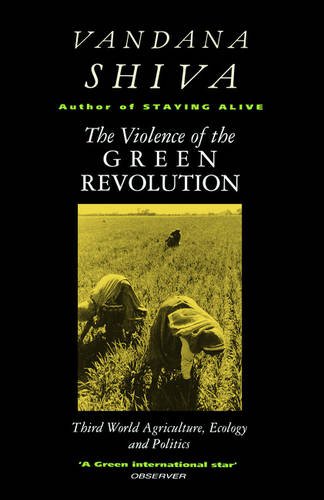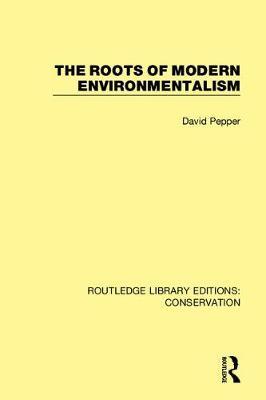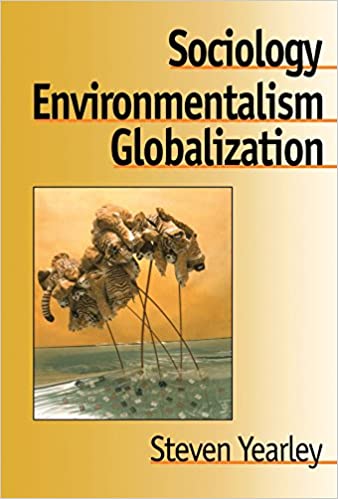Worldviews and Ecology: Religion, Philosophy and the Environment, John A. Grim & Mary Evelyn Tucker (eds.), 1993, Orbis Books, pp. 242, ISBN 838752721
A rather short five-page article published in the journal Science by Linn White Jr. titled “The Historical Roots of our Ecological Crisis” in 1967 started a wide-ranging discussion regarding the relationship between religious morality and environmental ethics. According to White Jr. the roots of our ecological crisis are to be found in religious cosmology and its anthropocentrism. He argued that Christianity represented a break with previous traditions with the development of the notion of nonrepetitive and linear time and a distinct Origin Story. God created nature and man and placed the former at the service of the latter. Genesis 1:26 insisted that man has dominion over all of nature. Further, God created man in his image, thus from the beginning man is not part of nature, but some higher order. Perhaps the origins of man and nature dualism lie further back in history than Descartes.
In their preface to the collection of essays, editors Mary Evelyn Tucker and John A. Grim acknowledge that the roots of modern environmental crises are to be found in different religious worldviews, but as they state, a critical analysis may also find solutions in them. They seek to emphasize the plurality of philosophical perspectives by examining 9 traditional world religions, and 2 emerging ideological paradigms. As Tu Wei-Ming notes, the reader ought to overcome the Enlightenment mentality with its unquestionable faith in the idea of progress, technology, and science and delve deeper into various spiritual traditions. Ethicoreligious spirituality needs to form the basis of critical examination of the Enlightenment project and comes from within the very religions that gave rise to it, Judaism, Christianity and Islam. Axial-age civilizations of South and East Asia could offer new patterns of life, while primal traditions offer a new sense of rootedness.
In the essays analyzing the Abrahamic religions, authors try to show how in fact these religions offer a coherent view of the environment that seeks to preserve it as the domain of the Divine. While nature might be given as a dominion of man, dominion as such does not signify free reign and endless exploitation, but is prescribed in various rituals that seek to mediate the relationship between humans and nature. According to them, it is in these rituals that we can find a clear religious environmental ethic.
Hinduism, Jainism, Buddhism and Taoism are examples of relatedness rooted in non-material spirituality that is similar to the Native North American worldviews. The relationship between them and nature is that of two sentient beings, where biological elements are personified and given feelings. Nature can weep and feel when it is being exploited and hurt. Through her sentience, nature becomes a part of an interdependent community. Whether it’s Hindu Vedas, or Buddhist skandhas, Jainism’s anuvratas or Taoist noninterference in processes, these see nature as constitutive to one’s well-being or moral ontology.
Here, the authors tend to reify spirituality to the point of substituting actual social relations that form part of it. By portraying the idealized version of religio-spiritual relatedness, they fall into the ecocentric trap of justifying social oppression through environmental stability. This is, of course, a false dichotomy. Nowhere is that more evident than in Christopher Key Chapple’s treatment of Hindu environmentalism which substitutes the dangers to public health of poor sanitation for man’s oneness with nature. When his friend asked a local where is the closest latrine, the local responded that the whole world is a latrine. From this Key Chapple concluded that “India’s mother earth receives and reprocesses all things.”Likewise, it is easy to see a justification for caste violence in the reification of tradition, where untouchability is seen as an ecologically developed adaptability.
These examples of different environmental ethics found in various religio-spiritual paradigms seem more of a theological exercise than a clear program for action. In outlining them, the authors tacitly accept the notion of isomorphism of time where the context which gave rise to particular ideas, which in turn acted as social regulators, could be recreated. Moreover, through their approach that seeks to differentiate between various singular worldviews, the authors reject the possibility of their interaction, adaptation and mutation. According to them, all actors hold a different psychological makeup, which allows them to relate to their environment differently. This leaves out the possibility of a cross-cultural underlying structure that acts as a universalizing paradigm.
Worldview and Ecology is a compilation of essays seeking to answer Thomas Berry’s call for the creation of Earth’s Jurisprudence, which places the interests of the environment ahead of those of humans. Berry called for humans to comply with the laws of nature, and be attuned to their processes. While the call itself could be interpreted as anything from the creation of balanced metabolic relations between humans and nature to spiritual rejection of materialism, the authors’ approach is distinctive in that their focus is more on religious canon than practice. This allows them to assert an environmental ethic far removed from actual social relations. It is only by remedying the latter that we can hope to affect the former. Otherwise, the approach taken in Worldview and Ecology can only remain an intellectual exercise.




